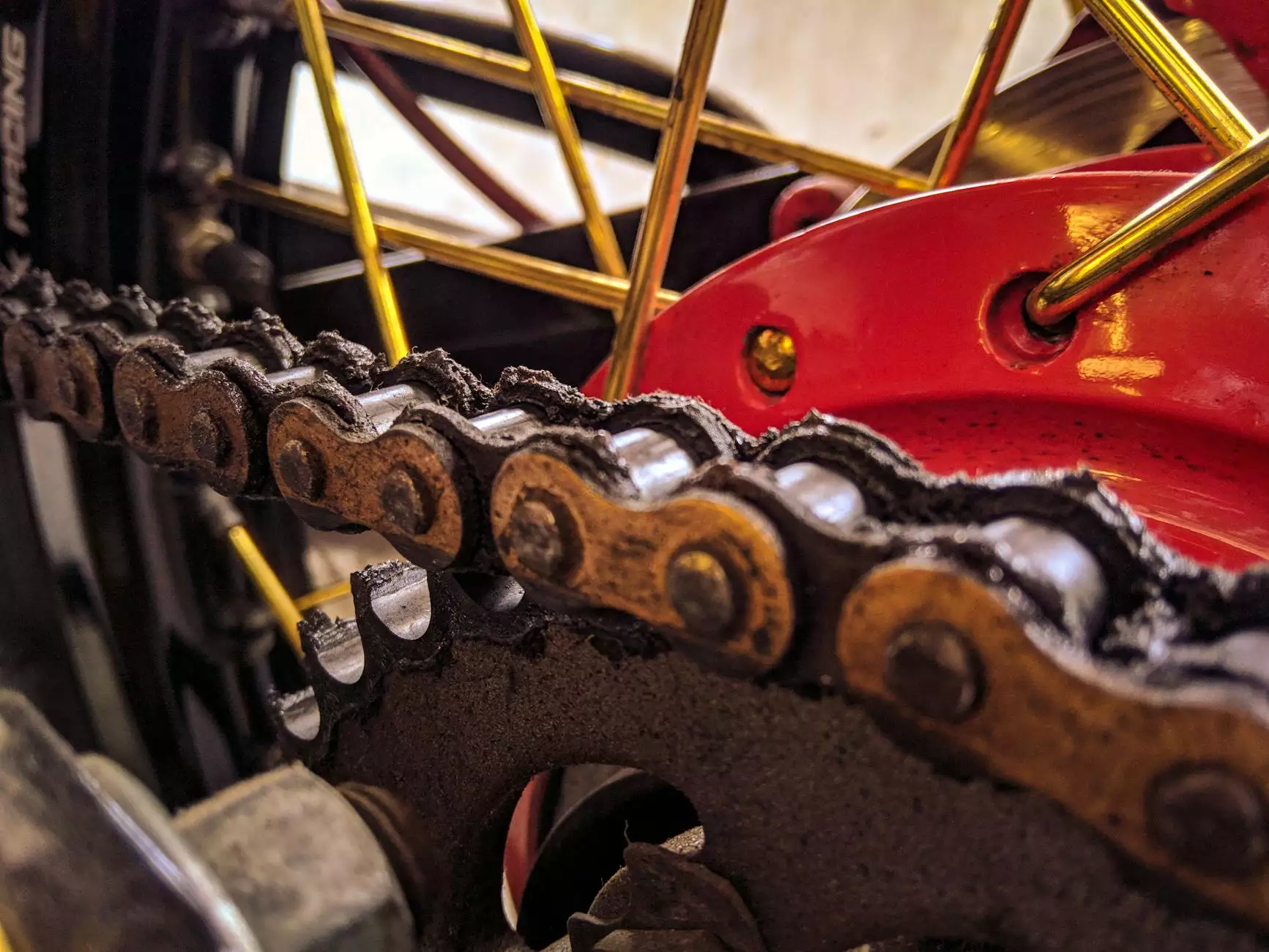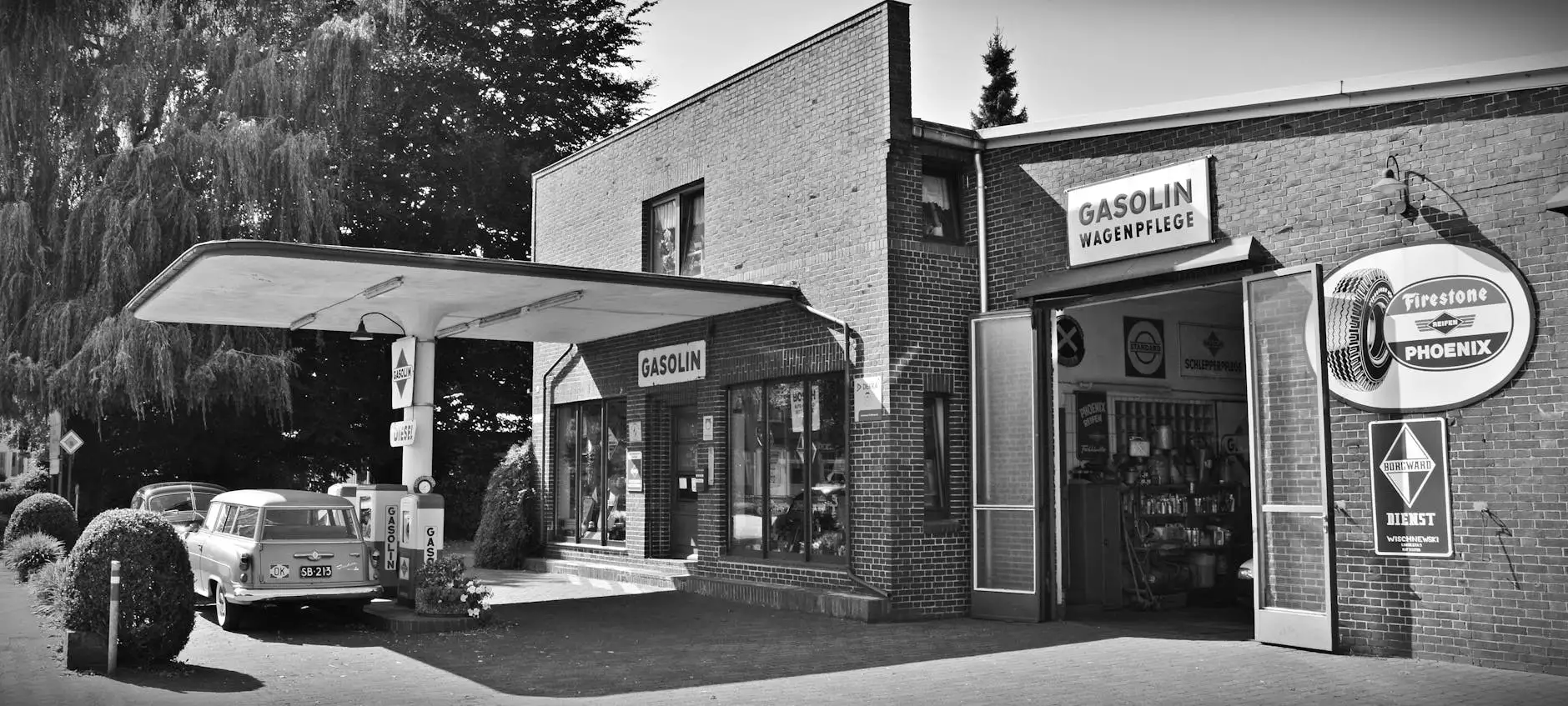Brake Pedal Goes to the Floor
Chassis
If you're facing a situation where your brake pedal goes to the floor, it's essential to understand the potential causes and seek proper brake system solutions. At Grafco Electric, we specialize in providing expert advice and solutions to address brake-related issues effectively.
Understanding the Problem
A brake pedal that sinks to the floor can be alarming and poses a significant safety concern. Several factors can contribute to this issue, including:
Inadequate Brake Fluid
One possible cause is a low level of brake fluid in the master cylinder. Brake fluid plays a vital role in creating hydraulic pressure needed for effective braking. When the fluid level is low, it can lead to diminished pressure and a spongy brake pedal feel.
Brake Fluid Leaks
Leaks within the braking system can also result in a brake pedal that sinks to the floor. Check your vehicle for any signs of fluid leakage, such as wet spots or dripping underneath the car. Leaks can occur in the master cylinder, brake lines, calipers, or wheel cylinders.
Air in the Brake System
Another possible cause is air trapped in the brake lines, leading to a soft brake pedal. Air can enter the system during brake component replacement or if the fluid level gets critically low. Proper bleeding of the brake system is necessary to remove any trapped air.
Worn Brake Pads or Shoes
Inadequate braking performance and a brake pedal that sinks to the floor can also indicate worn brake pads or shoes. When the friction material on brake pads or shoes becomes too thin, it reduces the overall braking effectiveness, resulting in a longer pedal travel.
Seeking Solutions
When faced with a brake pedal that goes to the floor, it's crucial to take immediate action to ensure your safety on the road. Here are steps you can take to address the issue:
1. Check Brake Fluid Level
Start by checking the brake fluid level in the master cylinder reservoir. If the level is low, it may indicate a leak or a worn brake pad/shoe that requires replacement. Make sure to use the recommended brake fluid specified by your vehicle manufacturer to top it up.
2. Inspect for Leaks
Thoroughly inspect your brake system for any signs of leaks. Check the lines, cylinders, and calipers for fluid loss or accumulation. Address any leaks promptly by replacing the affected components and ensuring proper sealing.
3. Bleed the Brake System
If trapped air is suspected, bleeding the brake system is essential. Bleeding allows the removal of air bubbles and ensures a solid hydraulic connection. Follow the recommended bleeding procedure for your specific vehicle model or consult a professional mechanic for assistance.
4. Check and Replace Worn Brake Components
If your brake pads or shoes are worn beyond their recommended thickness, they must be replaced. Worn friction material significantly affects braking performance and can contribute to a brake pedal that goes to the floor. Visit a qualified technician or perform the replacement yourself if you have the necessary knowledge and skills.
Why Choose Grafco Electric?
At Grafco Electric, we understand the importance of a safe and reliable braking system. With our extensive experience in the automotive industry, we can provide you with the expertise and guidance needed to address all your brake-related concerns. Our team of skilled professionals is committed to helping you resolve issues effectively and efficiently.
Whether you need advice on DIY brake repairs or require professional assistance, our knowledgeable staff is ready to assist you. We offer a range of high-quality brake components and accessories to ensure your vehicle's braking system performs flawlessly.
Don't compromise when it comes to your safety. Contact Grafco Electric today and let us help you overcome brake pedal issues and restore confidence in your vehicle's braking system.










